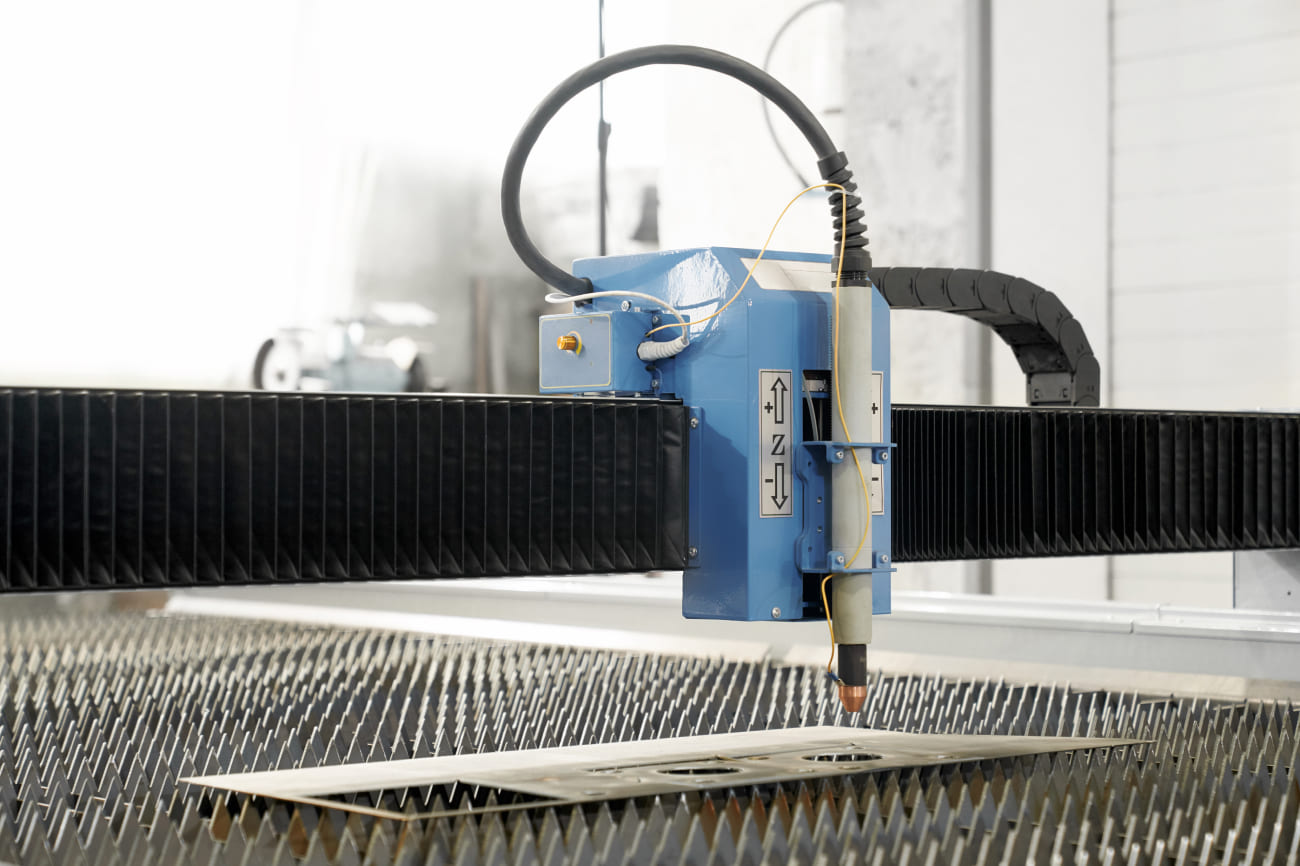
5 Advantages of Laser Cutting and Welding Machines
Laser cutting and welding machines have revolutionized the manufacturing and fabrication industries, offering unparalleled precision, speed, and efficiency. By using laser beams to cut and weld materials, manufacturers can achieve highly accurate results in a fraction of the time it would take with traditional methods. In this blog, we will explore the numerous benefits that laser cutting and welding machines bring to the table in modern manufacturing processes.
-
Precision and Accuracy
Laser cutting and welding machines are known for their extraordinary precision. The laser beam’s fine focus allows for intricate cuts and welds with minimal error, which is crucial for industries that require tight tolerances, such as aerospace, automotive, and medical device manufacturing. Unlike traditional methods that can lead to deviations and inaccuracies, lasers ensure that the materials are cut or welded exactly as specified in the design.
-
Faster Production Times
Laser machines can operate at much higher speeds, quickly cutting through a wide range of materials. This speed of operation allows manufacturers to complete tasks faster than traditional mechanical cutting or manual welding. This reduction in production time leads to higher costs and can be particularly beneficial in industries with tight deadlines or high-volume production needs.
-
Cost-Effectiveness
Although the initial investment in laser cutting and welding machines can be significant, they are highly cost-effective in the long term. The speed and precision they offer reduce material waste, as lasers produce clean cuts and precise welds without additional finishing work. This waste reduction and faster processing times lead to lower operating costs. Additionally, these machines can often operate autonomously, reducing the need for skilled labor and decreasing labor costs.
-
Versatility in Material Handling
Laser machines are versatile in terms of the types of materials they can handle. Whether it’s metals, plastics, ceramics, or composites, lasers can easily cut or weld materials of varying thicknesses and densities. The ability to work with a broad range of materials makes these machines ideal for industries with diverse product lines. Furthermore, laser cutting works on thin and thick materials, making it versatile for various applications.
-
Minimal Material Deformation
One of the standout features of laser cutting and welding is the minimal heat-affected zone (HAZ). Unlike traditional welding methods, which can distort the material due to excessive heat, lasers focus their energy on a small, localized area. This precision prevents the surrounding material from deforming, ensuring the workpiece retains its original strength and integrity. As a result, laser welding can be used for delicate or heat-sensitive materials without compromising the final product’s quality.
Laser cutting and welding machines have transformed manufacturing processes. Their ability to produce high-quality cuts and welds quickly while minimizing material waste makes them a wise investment for businesses seeking to improve productivity and reduce costs. As technological advancements continue, the benefits of laser cutting and welding machines will only increase, making them even more essential for achieving faster production times, improved safety, and superior product quality in the future.
